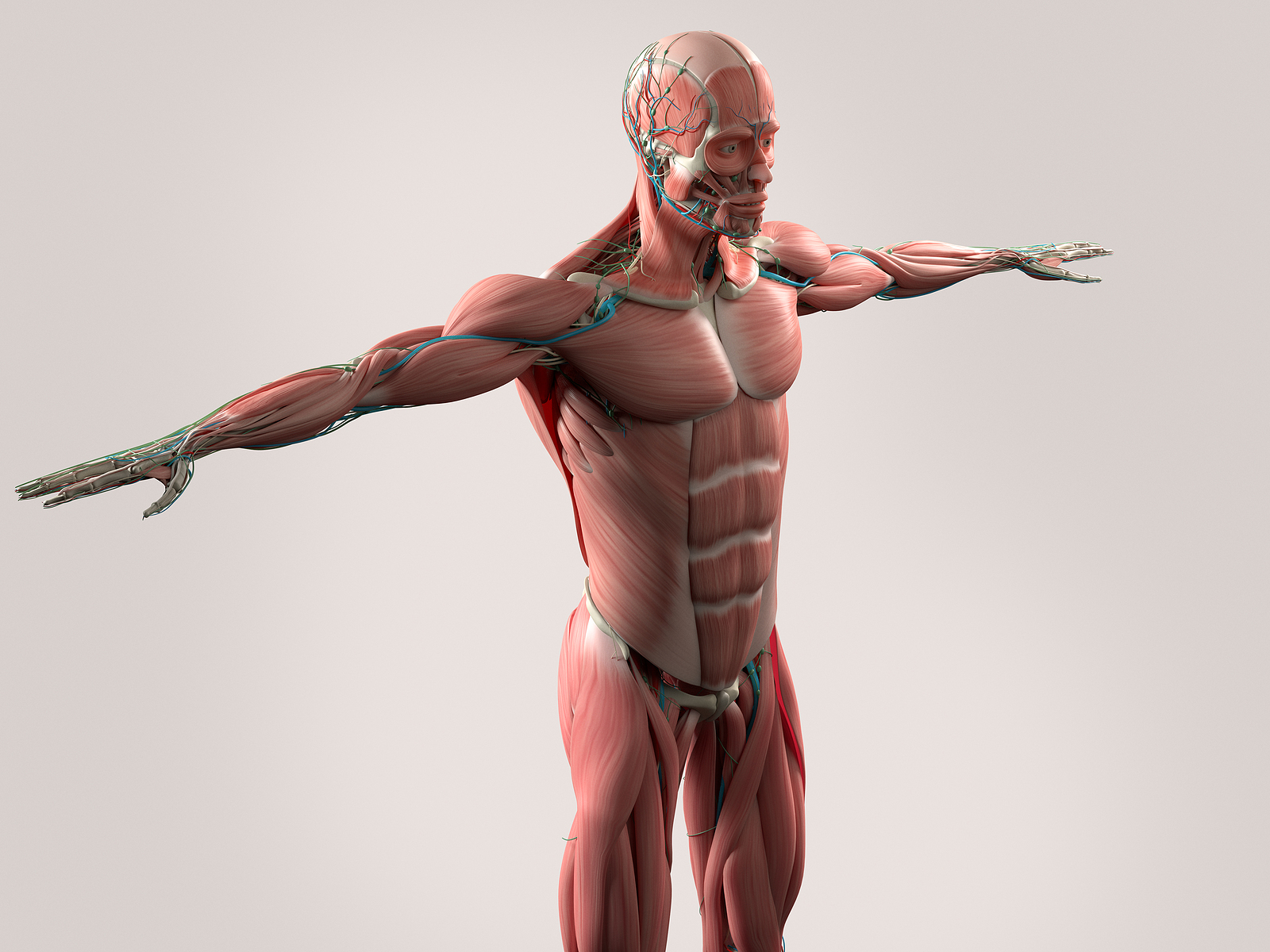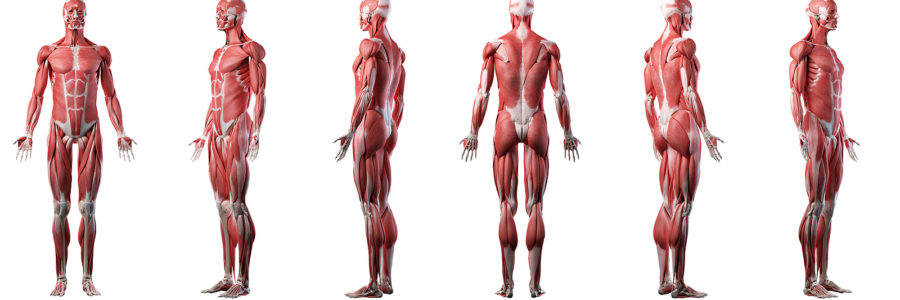 Introduction: In the realm of holistic healthcare, the human body continues to reveal hidden complexities, and one such marvel is the connective tissue known as fascia. Long overlooked and undervalued, fascia has gained significant attention in recent years due to its profound impact on our overall well-being. Fascia serves as a matrix that holds our body together, providing structural integrity and facilitating communication between different parts of our system. In this blog post, we delve into the importance of fascia and explore how massage therapy directly affects this remarkable tissue.
Introduction: In the realm of holistic healthcare, the human body continues to reveal hidden complexities, and one such marvel is the connective tissue known as fascia. Long overlooked and undervalued, fascia has gained significant attention in recent years due to its profound impact on our overall well-being. Fascia serves as a matrix that holds our body together, providing structural integrity and facilitating communication between different parts of our system. In this blog post, we delve into the importance of fascia and explore how massage therapy directly affects this remarkable tissue.
Understanding Fascia: Fascia is a three-dimensional web-like network of connective tissue that spans from head to toe, encompassing every muscle, bone, organ, and nerve in our body. It is primarily composed of collagen, elastin, and ground substance, giving it both strength and flexibility. Fascia not only supports and protects our internal structures but also acts as a conduit for essential nutrients, blood vessels, and lymphatic channels.
Importance of Fascia:
- Structural Integrity: Fascia provides a structural framework, giving our body shape and form. It plays a crucial role in maintaining posture, stability, and balance. When fascia is healthy and properly aligned, it ensures efficient movement patterns, reducing the risk of musculoskeletal imbalances and injuries.
- Force Transmission: Fascia acts as a force distributor, allowing the transfer of tension and force generated by our muscles throughout the body. It aids in the coordination of movements and ensures smooth, integrated actions. Dysfunction or restrictions in the fascial system can disrupt these force transmissions, leading to compensatory patterns and chronic pain.
- Communication Superhighway: Fascia contains an abundance of sensory nerve endings, making it an essential component in our body’s sensory network. It plays a vital role in proprioception—the body’s ability to sense its position and movement in space. By relaying information between muscles, tendons, and joints, fascia contributes to our sense of body awareness and coordination.
- Fluid Dynamics: Fascia facilitates the flow of vital fluids, including blood and lymph. It acts as a transportation system, ensuring the delivery of nutrients, oxygen, and immune cells to various tissues, while simultaneously removing waste and toxins. An optimally functioning fascial system promotes overall tissue health and enhances our body’s ability to heal and regenerate.
Massage Therapy and Fascial Release: Massage therapy has long been recognized for its ability to alleviate muscular tension, reduce stress, and promote relaxation. However, its impact on fascia extends far beyond these immediate benefits. Through specific techniques, massage therapy directly affects the fascial system in the following ways:
- Myofascial Release: Various massage techniques, such as myofascial release, target the fascial system to alleviate restrictions and improve mobility. By applying sustained pressure and stretching techniques, massage therapists can release adhesions and fascial restrictions, allowing the fascia to regain its natural elasticity and glide freely. This promotes improved posture, flexibility, and overall movement efficiency.
- Fluid Dynamics Enhancement: Massage therapy stimulates blood and lymphatic circulation, promoting better fluid dynamics within the fascial system. Increased circulation helps deliver essential nutrients and oxygen to the tissues, while simultaneously facilitating the removal of metabolic waste and toxins. Improved fluid dynamics support the overall health of the fascial network, aiding in tissue repair and reducing inflammation.
- Relaxation Response: Massage therapy induces a relaxation response in the body, which helps reduce the production of stress hormones, such as cortisol. Elevated cortisol levels can lead to increased muscle tension and fascial restrictions. By promoting a state of relaxation, massage therapy allows the fascia to soften and become more pliable, facilitating improved mobility and reducing the risk of chronic pain.
- Neurological Impact: Massage therapy stimulates the sensory nerve endings within the fascial network, enhancing proprioception and body awareness. This heightened sensory input can help retrain dysfunctional movement patterns and improve motor control. By influencing the nervous system, massage therapy can positively impact fascial health and function.
Conclusion: Fascia, often referred to as the “hidden organ,” plays a pivotal role in maintaining our overall well-being. Recognizing the importance of fascia and its profound impact on our body’s structure, communication, and fluid dynamics is crucial for understanding the significance of massage therapy. Through various techniques, massage therapists can directly influence the fascial system, promoting its health, mobility, and overall functionality. So, the next time you indulge in a rejuvenating massage session, appreciate the profound effects it has on your body’s intricate fascial network.
Disclaimer: This blog post is for informational purposes only and should not be considered as medical advice. If you have specific concerns regarding your health or require treatment, please consult with a qualified healthcare professional.

